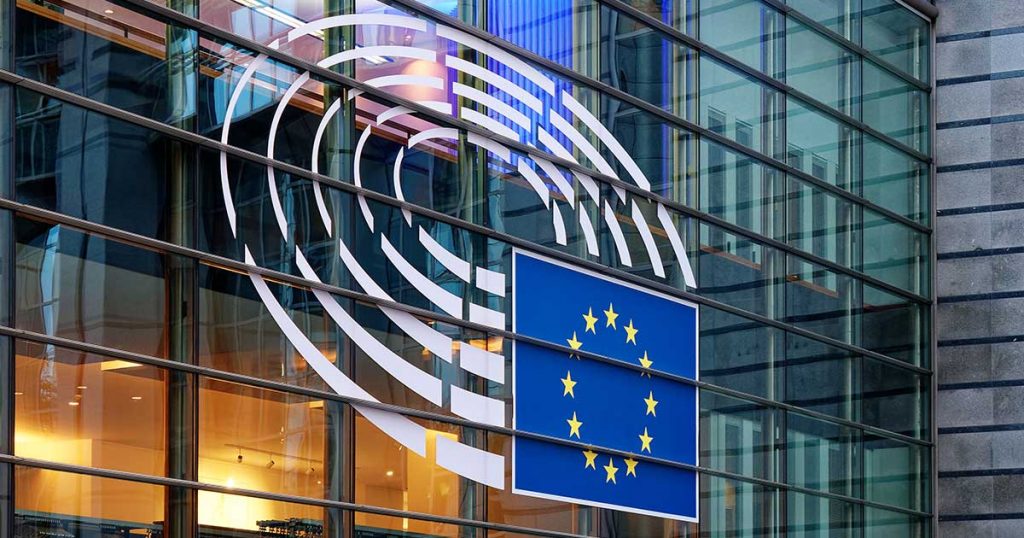The legislation process
The European Union’s legislative process on the Fit for 55 package involves several steps. The package includes a set of proposals aimed at achieving a 55% reduction in greenhouse gas emissions by 2030, compared to 1990 levels.
The first step involves the European Commission presenting the proposals, which it did on July 14, 2021. The proposals then go through a process of negotiation and scrutiny by the European Parliament and the Council of the European Union.
During this process, both the European Parliament and the Council of the European Union may propose amendments to the legislation. The European Parliament, in particular, has the power to propose amendments that can significantly impact the final legislation.
Once the proposals have been debated, negotiated, and agreed upon by the European Parliament and the Council of the European Union, they will be adopted as EU law.
After adoption, the proposals will be implemented by the EU Member States, who will be responsible for ensuring that they are fully transposed into national law. The European Commission will monitor the implementation of the proposals and take action against Member States that do not comply.
Turning climate goals into law
In 2009, the EU adopted the Renewable Energy Directive, which requires Member States to meet a certain percentage of their energy consumption from renewable sources by 2020.
In 2012, the EU adopted the Energy Efficiency Directive, which requires Member States to reduce their energy consumption and improve efficiency.
In 2013, the EU adopted the Effort Sharing Regulation, which sets binding national targets for emissions reductions from sectors not covered by the EU Emissions Trading System, such as transport and agriculture.
Implementing legally binding targets for greenhouse gas emissions reductions
In 2008, the EU adopted the Climate and Energy Package, which sets an overall target of reducing emissions by 20% from 1990 levels by 2020.
In 2014, the 2030 Climate and Energy Framework was adopted, which targets reducing emissions by at least 40% from 1990 levels by 2030.
Member states signed the Paris Agreement in 2016; it requires the EU to reduce emissions by at least 40% from 1990 levels by 2030 and to achieve net zero emissions by 2050.
Adopting legislation that supports the transition to a low-carbon economy
In 2018, the EU adopted the Clean Energy for All Europeans package, which introduces measures to promote the development and use of renewable energy, increase energy efficiency, and reduce the emissions of greenhouse gases.
In 2019, the EU adopted the Taxonomy Regulation, which sets out criteria for identifying activities that significantly contribute to climate change mitigation and adaptation.
In 2018, the EU adopted the International Climate Change Agreement, which sets out a framework for international cooperation on climate change. The agreement includes a commitment to reduce global emissions and to provide financial and technical support to developing countries to help them reduce their emissions.
The EU has also adopted legislation to ensure climate goals are met through international cooperation.
The EU’s legislative process has successfully turned climate goals into law. The legislation adopted by the EU has enabled the EU to set legally binding targets for emissions reductions and to support the transition to a low-carbon economy. By adopting legislation that is enforceable at the EU and international level, the EU is helping to ensure that climate goals are met.
Sources and references:
https://climate.ec.europa.eu/eu-action/climate-strategies-targets/2030-climate-energy-framework_en
https://climate.ec.europa.eu/eu-action/climate-strategies-targets/2020-climate-energy-package_en
https://unfccc.int/process-and-meetings/the-paris-agreement
https://eur-lex.europa.eu/legal-content/EN/TXT/HTML/?uri=CELEX:32020R0852&from=EN
https://energy.ec.europa.eu/topics/energy-strategy/clean-energy-all-europeans-package_en




